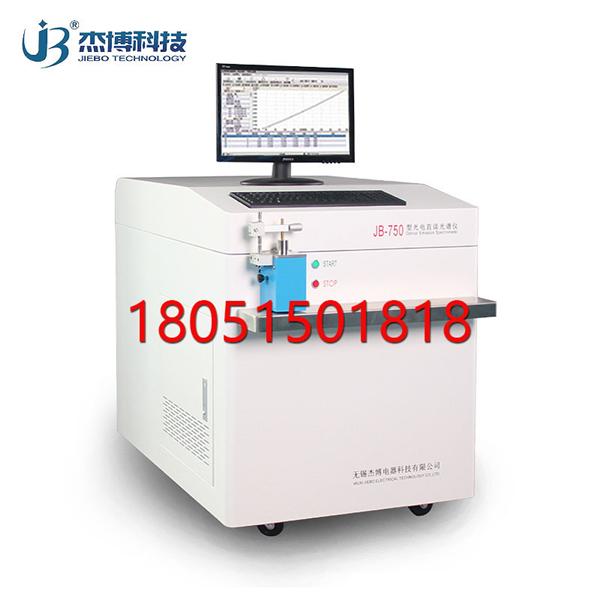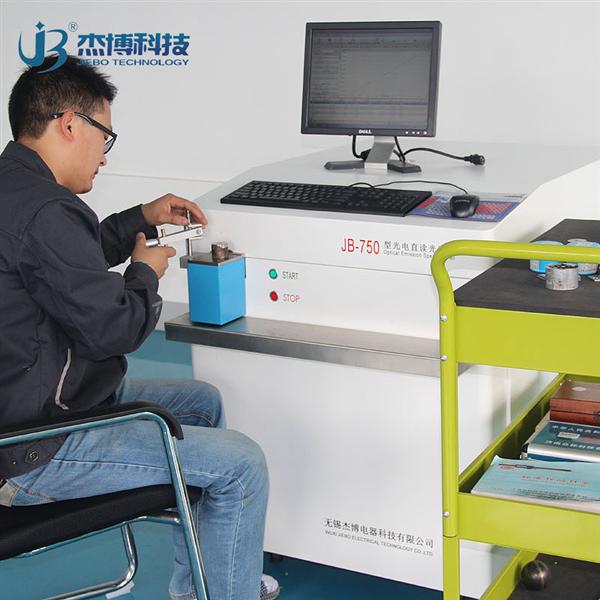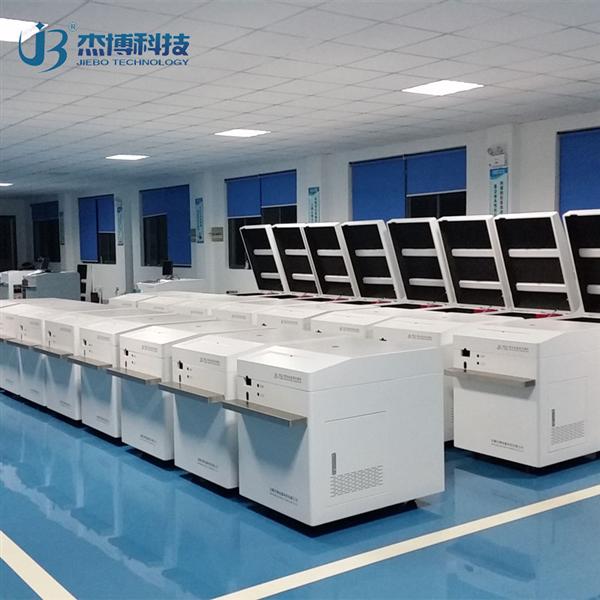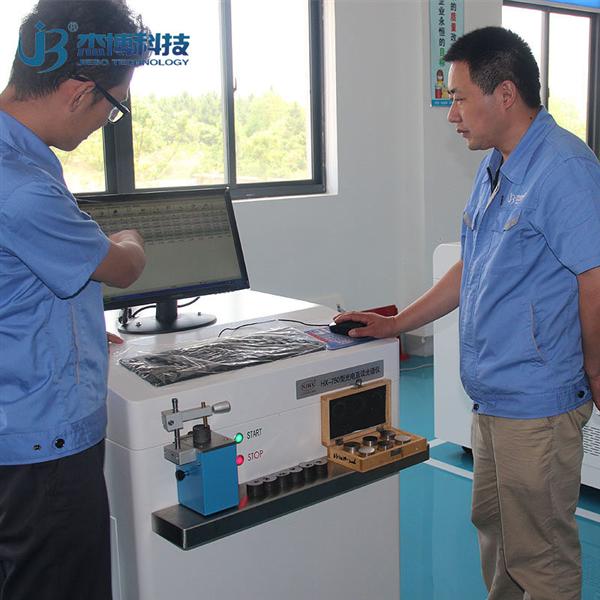Summon the seven elements of direct reading spectrometer
First, argon
Direct Reading Spectrometer
The main purpose of argon blowing in the spark chamber is to remove air during sample excitation and reduce ultraviolet light absorption. This is because oxygen and water vapor in the air have strong absorption bands in the far ultraviolet region, which can greatly affect analysis results and reduce excitation stability. It may also lead to diffusion discharge or create white spots during excitation. Additionally, alloying elements in the sample might react with airborne components at high temperatures, forming molecular compounds that interfere with the atomic spectrum we are analyzing. Therefore, the purity of argon must be at least 99.999%.


Second, the slit
The direct reading spectrometer uses a complex and sensitive optical system. Changes in ambient temperature, humidity, mechanical vibration, and atmospheric pressure can cause small shifts in spectral lines. Humidity changes the refractive index of the medium, leading to line shifts. High humidity not only increases the refractive index of air but also corrodes optical parts, reducing light transmittance. It is generally recommended to keep humidity below 55%–60%. Temperature affects the grating constant, causing spectral line drift, which can misalign the spectral lines with exit slits, impacting analysis accuracy.
Third, the perspective of the entry window
The lens leading into each chamber, especially the one connecting to the air chamber, can accumulate dust when the sample is excited. This dust can block light transmission and affect measurement accuracy. Regular cleaning is essential—typically twice a week. After cleaning, it's important to run a few waste samples and re-standardize once the signal stabilizes, otherwise the analysis quality may suffer.
Fourth, the correction of the working curve
Although the photoelectric direct reading spectrometer method isn't limited by photosensitive plates, the working curve may change over time due to factors like lens pollution, electrode contamination, temperature and humidity fluctuations, argon influence, and power supply instability. These changes can shift the curve from position A to B. To ensure accurate analysis, the curve must be re-calibrated to return to its original position.
Fifth, the excitation platform
Cleaning the inner surface of the excitation table helps avoid interference from dust on the residual walls. It should be cleaned every 100–200 times. The distance between the electrode and the excitation surface must be adjusted according to specifications. If too far, the sample may not excite properly; if too close, the discharge current could exceed instrument parameters, affecting measurement accuracy. Proper adjustment is crucial after cleaning the platform and electrodes.


ZOOKE provides you with safe and reliable connector products, with 0.8 spacing products providing more possibilities for limited space and creating more value for the research and development and production of terminal products.
0.80 wire to board connectors,0.8 connectors,ZOOKE connectors
Zooke Connectors Co., Ltd. , https://www.zooke.com
